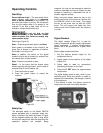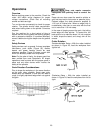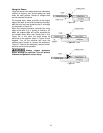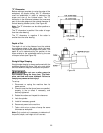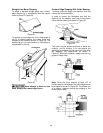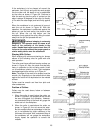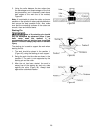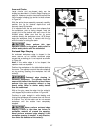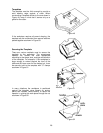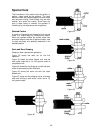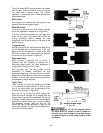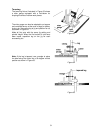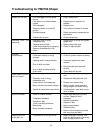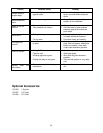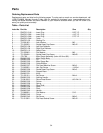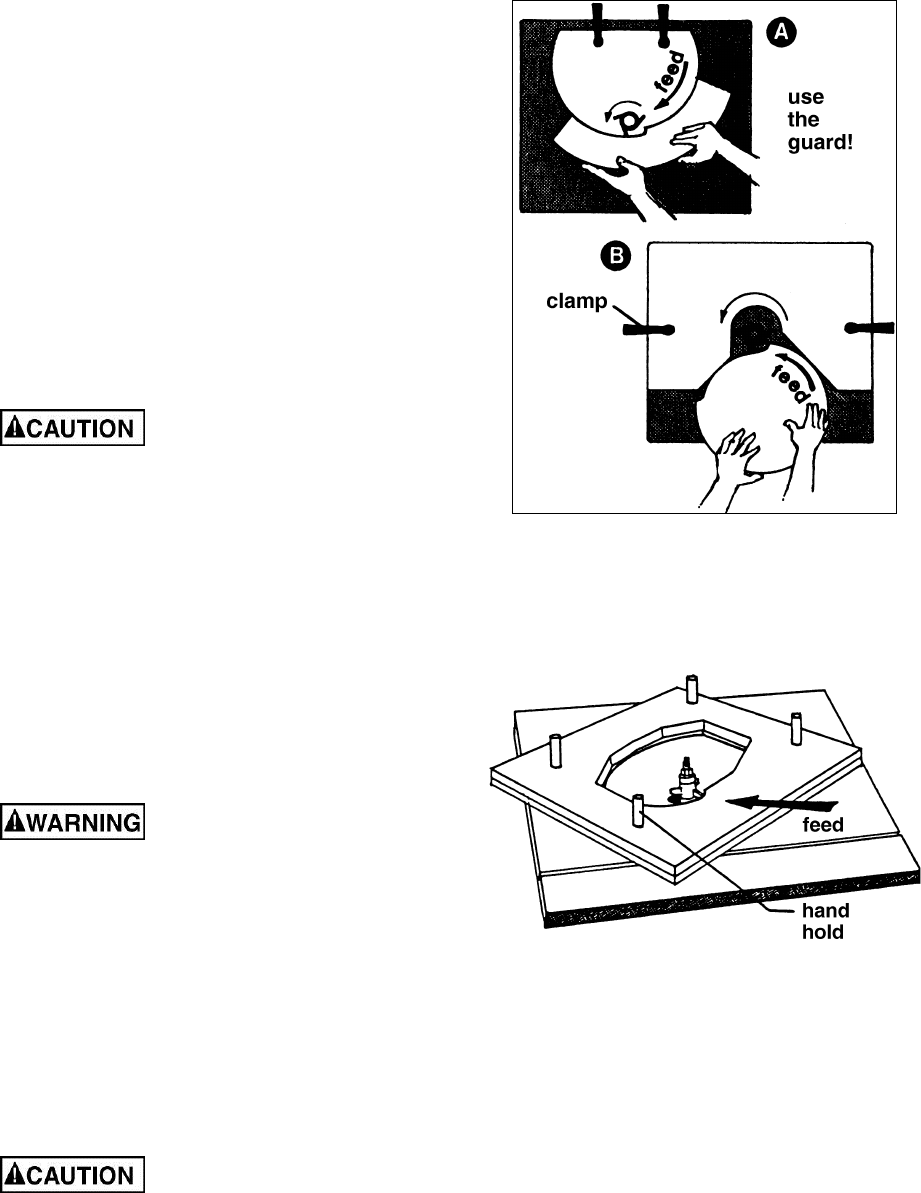
27
Arcs and Circles
Large circular and arc-shaped stock can be
shaped as described in Contour Edge Shaping on
page 24. However, smaller sized stock requires the
use of special shaping jigs similar to those shown
in Figure 47.
With the entire fence assembly removed, carefully
position the jig for desired depth-of-cut and
securely clamp to the table.
It is important with the arc and circle shapes that
the workpiece, prior to being shaped, must be
roughly cut to the desired size and curve of the
finished piece. Make sure that the jig curve
matches exactly the workpiece curve. At all times
keep the workpiece firmly in contact with the jig
while the cutter is cutting the stock.
Never perform this type
operation without a ring guard, safety collar or
similar safety device over the cutterhead.
Enclosed Edge Shaping
An enclosed workpiece edge is shaped in the
same manner as an outside contoured edge
except that a starting pin is not required as shown
in Figure 48.
Note: If the whole edge is to be shaped, the
operator must use a pattern.
Position the workpiece on the table before starting
the motor. The operator must do the entire shaping
cut by pushing (feeding) the workpiece into the
cutter(s).
Enclosed edge shaping is
extremely dangerous. The operator must be
aware at all times of the direction of feed. Never
perform this type operation without a ring
guard, safety collar or similar safety device
over the cutterhead.
With a firm grip, ease the edge into the cutter(s)
until stopped by the collar as shown in Figure 48.
Continue to push straight in while feeding and
turning the workpiece at the same time until the cut
is finished. Turn off the motor and do not remove
workpiece until the cutters have completely
stopped.
Never perform enclosed edge
shaping if there is less than two inches of
workpiece material all around the opening.
Never perform enclosed edge shaping if the
workpiece opening is smaller, in any direction,
than twice the diameter of the cutter(s).
Figure 47
Figure 48



